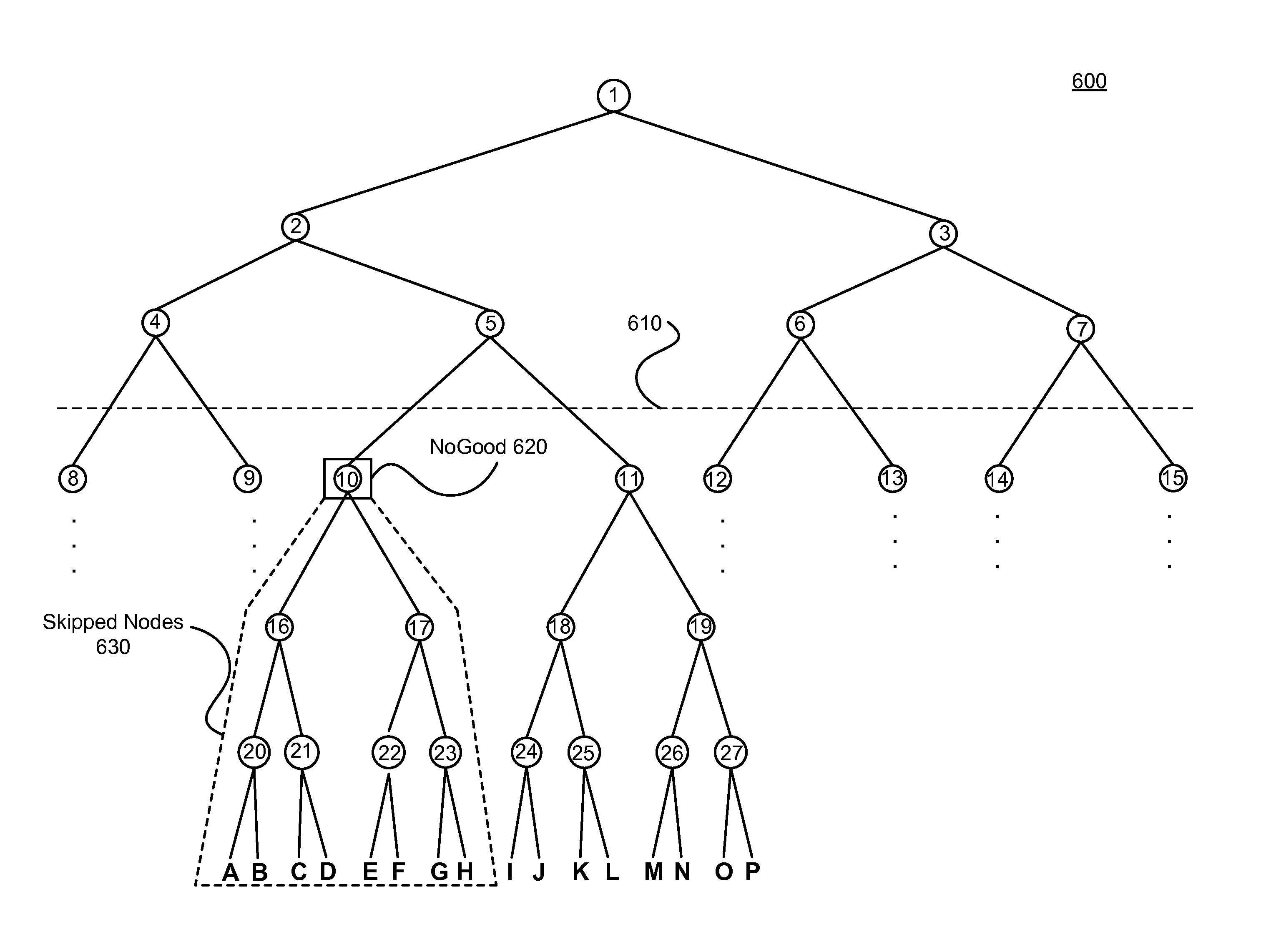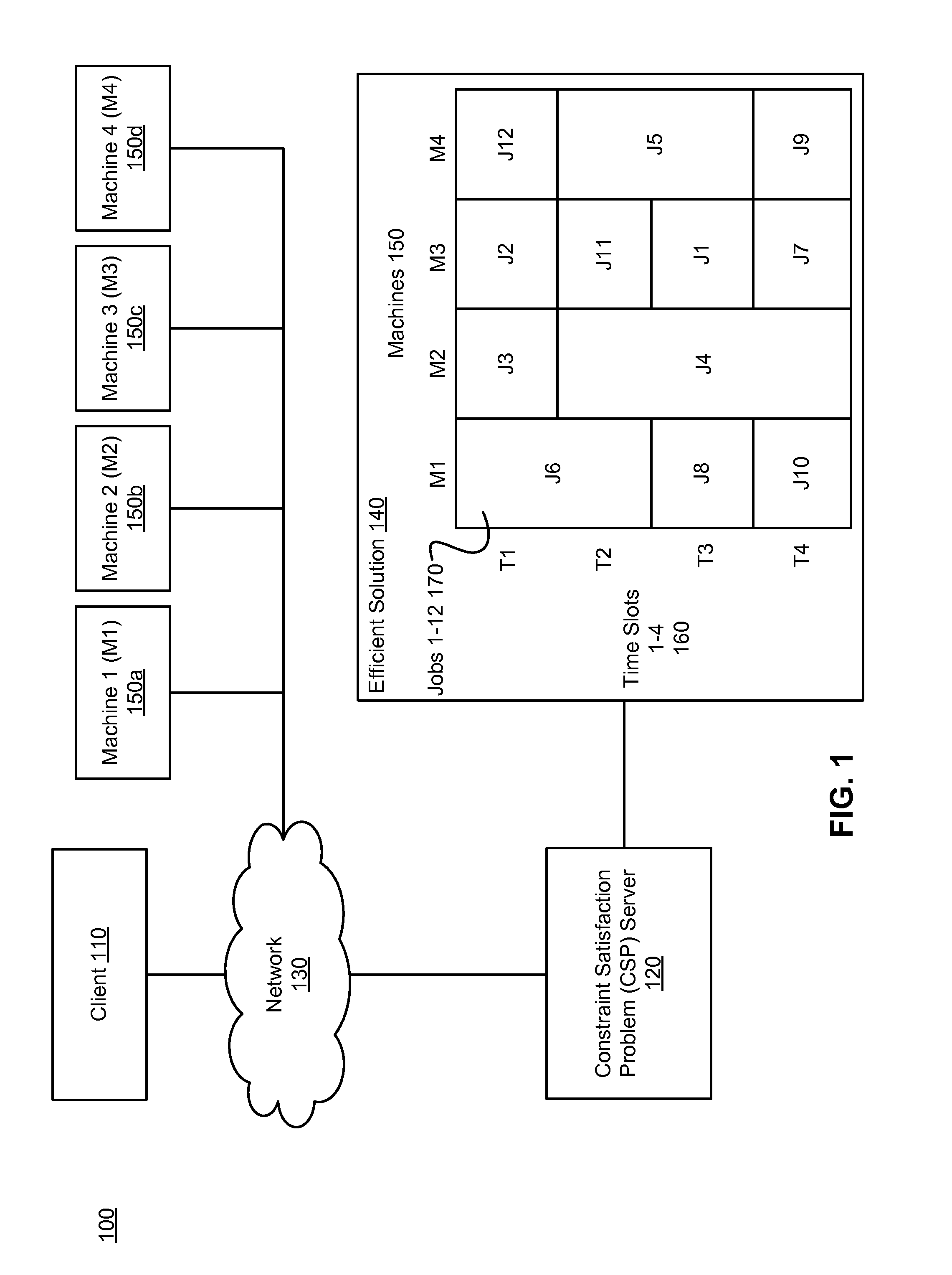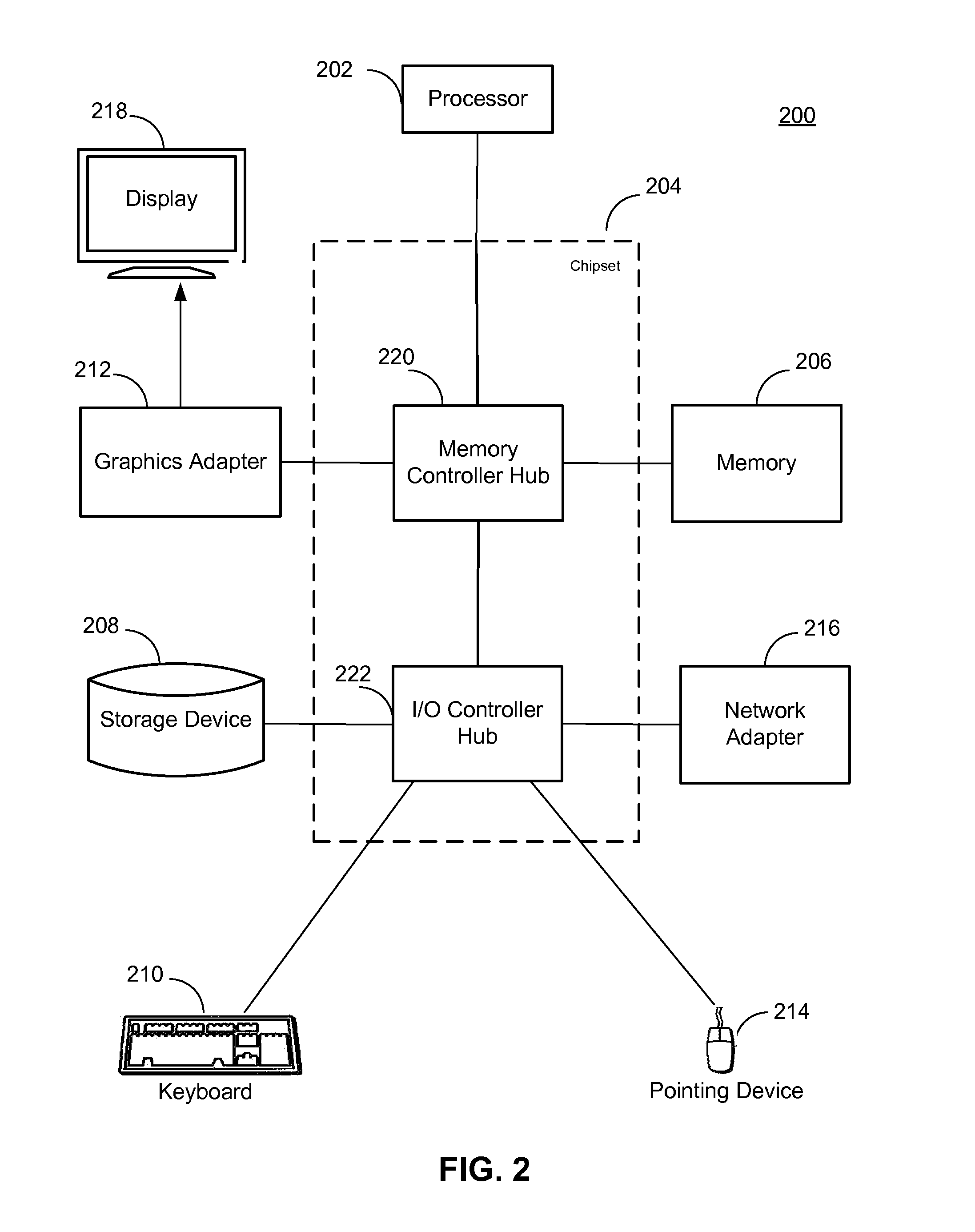NoGood Generation Based on Search Tree Depth
a search tree and depth technology, applied in the field of operations research, can solve the problems of high cost of travel, complex constraint satisfaction problems, and the inability to search binary trees constructed according to variables and constraints, and achieve the effect of reducing the cost of travel and reducing the cost of labor
- Summary
- Abstract
- Description
- Claims
- Application Information
AI Technical Summary
Benefits of technology
Problems solved by technology
Method used
Image
Examples
Embodiment Construction
[0017]The Figures (FIGS.) and the following description describe certain embodiments by way of illustration only. One skilled in the art will readily recognize from the following description that alternative embodiments of the structures and methods illustrated herein may be employed without departing from the principles described herein. Reference will now be made in detail to several embodiments, examples of which are illustrated in the accompanying figures. It is noted that wherever practicable similar or like reference numbers may be used in the figures and may indicate similar or like functionality.
[0018]FIG. 1 is a block diagram of a computing environment for solving constraint satisfaction problems (CSPs) using NoGood generation based on search tree depth, according to one embodiment. As shown, the computing environment 100 includes a client 110 and a CSP server 120 connected through a network 130. Only one of each entity is illustrated in order to simplify and clarify the pr...
PUM
 Login to View More
Login to View More Abstract
Description
Claims
Application Information
 Login to View More
Login to View More - R&D
- Intellectual Property
- Life Sciences
- Materials
- Tech Scout
- Unparalleled Data Quality
- Higher Quality Content
- 60% Fewer Hallucinations
Browse by: Latest US Patents, China's latest patents, Technical Efficacy Thesaurus, Application Domain, Technology Topic, Popular Technical Reports.
© 2025 PatSnap. All rights reserved.Legal|Privacy policy|Modern Slavery Act Transparency Statement|Sitemap|About US| Contact US: help@patsnap.com



